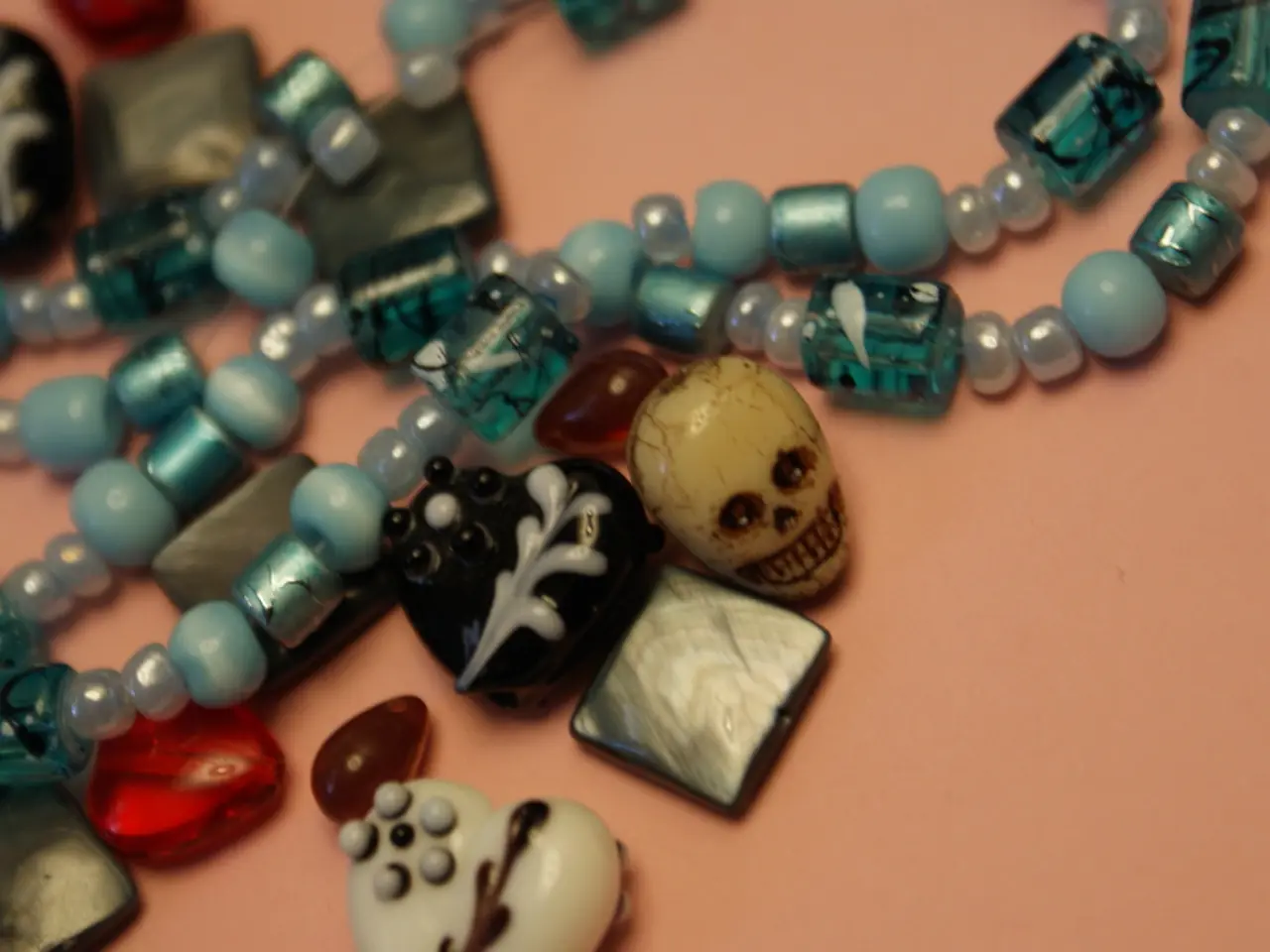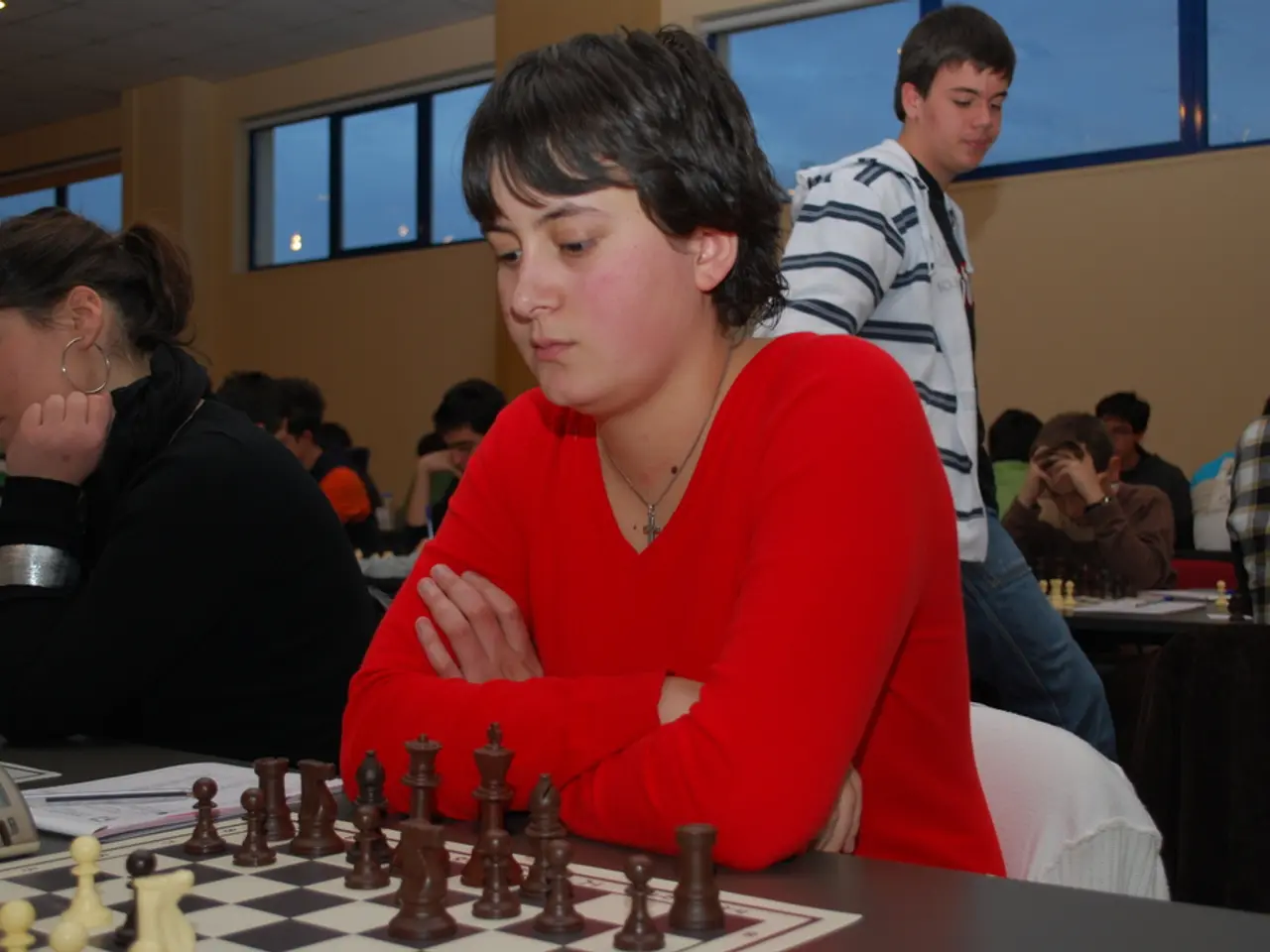Unauthorized Production of Prosthetics in Prison: The Innovative Use of a Camp Lathe for DIY Orthotics
In the bleak and oppressive environment of a Japanese prison camp during World War II, Captain Reginald Bradley, a Chartered Civil Engineer and Associate Member of the Institution of Civil Engineers, found a way to not only survive but also to improve the conditions for himself and his fellow prisoners. At the heart of this story of resilience is a small, concealed lathe, a remarkable piece of engineering that was constructed in secret.
Captain Bradley, who was captured on 15 February 1942, the date of the Fall of Singapore, used the lathe to fabricate essential tools, including taps and dies, that were crucial for repairing equipment vital for survival in the camp. The lathe was also employed to make the mechanical parts needed for prison camp radios during the war, providing a vital link to the outside world.
In an attempt to avoid the threat of the entire shop being dismantled, the lathe was built in hiding. It was used for general maintenance work and the production of prosthetic legs, an innovation that allowed amputees to walk well enough that a surgeon in the camp noted they appeared natural. The aluminium for the prosthetic legs was often salvaged from downed aircraft, a testament to the ingenuity and resourcefulness of Captain Bradley and his fellow prisoners.
The construction of the lathe was a remarkable feat, considering the limited resources available and the constant threat of discovery by the Japanese guards. Using rudimentary tools like cold chisels and drills, Bradley fashioned parts of the lathe, even casting a headstock from scrap aluminium using a sand mold made with sheet steel recovered from a barracks locker. The lathe was powered with old dynamos and truck batteries, a clever solution that enabled essential maintenance work.
The existence of the prison camp lathe was documented in a detailed 1949 paper by "R. Bradley, A.M.I.C.E." This paper provides a wealth of information about the technical aspects of the lathe, as well as the broader context of survival in captivity. It is a valuable source that sheds light on Bradley’s background as an engineer or officer skilled in mechanical work under dire circumstances.
Reginald Bradley and his fellow officers managed to steal a large number of tools from their Japanese captors. They also employed social engineering tactics, such as pretending to learn Japanese and asking for the symbol for "workshop," to acquire more tools. Captain Bradley even engaged a Japanese general in long discussions on astronomy, which may have been a form of social engineering.
Examples of the prosthetic legs manufactured at the workshop still exist in museum collections today, serving as a testament to the ingenuity and resilience of Captain Bradley and his fellow prisoners. The National Archives Department of the United Kingdom has an extensive collection of information from World War II, including a catalog of index cards used to keep track of captured Allied personnel.
In conclusion, Captain Reginald Bradley's hidden lathe was more than just a tool for survival. It was a beacon of hope in a dark and oppressive environment, providing essential tools for both prisoners and captors, and fostering resilience and morale during captivity. The story of Captain Bradley's lathe is a testament to the power of human ingenuity and resilience in the face of adversity.
[1] Bradley, R. (1949). The Building of a Prison Camp Lathe. Journal of the Institution of Mechanical Engineers, 173(6), 269-278.
In the context of Captain Reginald Bradley's inventive survival strategies during war captivity, he also used the hidden lathe to construct parts for radio sets, bridging the connection to the outside world. Moreover, this resourceful engineer applied his engineering skills to design and manufacture prosthetic legs from salvaged aircraft aluminum, a testament to his DIY hacking spirit in a prison camp setting.








